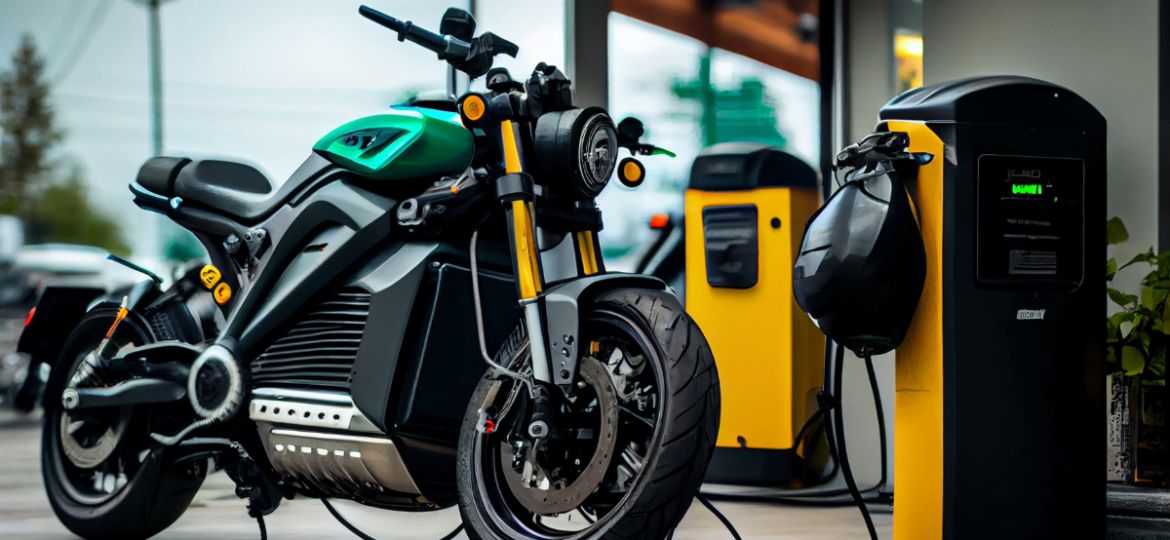
Electrification and sustainability are no longer just buzzwords—they’re transformative trends shaping the future of the motorcycling industry. For dealers, understanding these shifts is crucial to staying ahead of the competition and meeting the evolving demands of environmentally conscious consumers. Here’s what you need to know to navigate the electrification and sustainability landscape in the motorcycle market.
Understanding Electrification
Electric motorcycles are rapidly emerging as a pivotal segment in society’s broader shift towards electrification. With automotive giants and niche manufacturers alike investing in electric vehicle (EV) technology, motorcycles are more than following the trend. The allure of electric motorcycles lies in their lower emissions, quieter operation, and reduced reliance on fossil fuels, making them an appealing option for eco-conscious riders.
One of the key challenges facing electric motorcycles is the development of adequate charging infrastructure. Dealers need to be well-versed in the latest charging solutions that best fit their inventory, from fast chargers to portable solar-powered options, to guide their customers effectively. Additionally, advancements in battery technology—such as the transition from lithium-ion to solid-state batteries—are critical to improving the range, efficiency, and overall appeal of electric motorcycles. Staying informed about these developments is essential for dealers looking to succeed in the electric motorcycle market.
Embracing Sustainability
Sustainability in the motorcycle industry goes beyond electrification; it encompasses the entire lifecycle of the vehicle, from production to disposal. Motorcycles made with sustainable materials, such as recycled metals, eco-friendly plastics, and non-toxic adhesives, are increasingly in demand. When showcasing inventory, dealers should highlight these sustainable features to attract environmentally conscious buyers.
Energy efficiency is another key component of sustainability. Motorcycles equipped with energy-efficient lighting, regenerative braking systems, and advanced insulation materials contribute to reduced energy consumption. These features not only lower the environmental impact of the motorcycle but also offer long-term cost savings for the rider!
Why Are These Trends Important?
The shift towards electrification and sustainability in the motorcycle industry presents dealers with both challenges and opportunities. Those who proactively embrace these trends will be well-positioned to meet the needs of a new generation of riders who prioritize environmental responsibility. Understanding and adapting to these changes is not just about staying competitive—it’s about contributing to a more sustainable and responsible future for motorcycling.
Remember, the landscape of electrification and sustainability is constantly evolving. To keep up with all these changes, your dealership must stay informed about the latest trends, technologies, and regulations. Joining industry associations, attending trade shows, and subscribing to relevant publications such as Cycle Trader’s many dealer-facing educational resources are effective ways to keep up-to-date.



